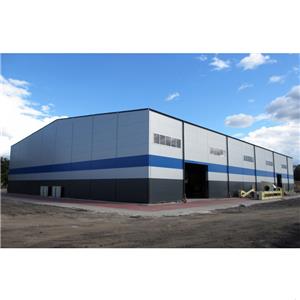Steel structures lifespan and factors affecting lifespan of steel structure
According to various sources, steel structures can last anywhere from 50 to 100 years12 or even more, depending on how they are built and maintained. Steel is a durable and corrosion-resistant material that can withstand natural disasters, pests, and fires better than wood or concrete. However, the lifespan of a steel building also depends on how you use it and care for it.
What are some factors that affect the lifespan of a steel structure?
Some factors that affect the lifespan of a steel structure are:
Corrosion: Steel structures need to be protected against corrosion by applying coatings, galvanizing, or other methods, depending on the exposure conditions1. Corrosion can impair the strength or serviceability of steel if not prevented or treated.
Fatigue: Steel structures can experience fatigue failure due to cyclic stresses and deformations that cause cracks to grow and eventually lead to fracture2. Fatigue can be influenced by the design, material, load, and geometry of the structure.
Wear and tear: Steel structures can be affected by wearing phenomena such as mold, vermin, corrosion, or hydrogen embrittlement12. These factors can reduce the durability and performance of steel over time.
Changes in load or use: Steel structures can be subjected to changes in load or use that may exceed their original design capacity or requirements4. This can cause overstressing, deformation, or damage to the structure.




